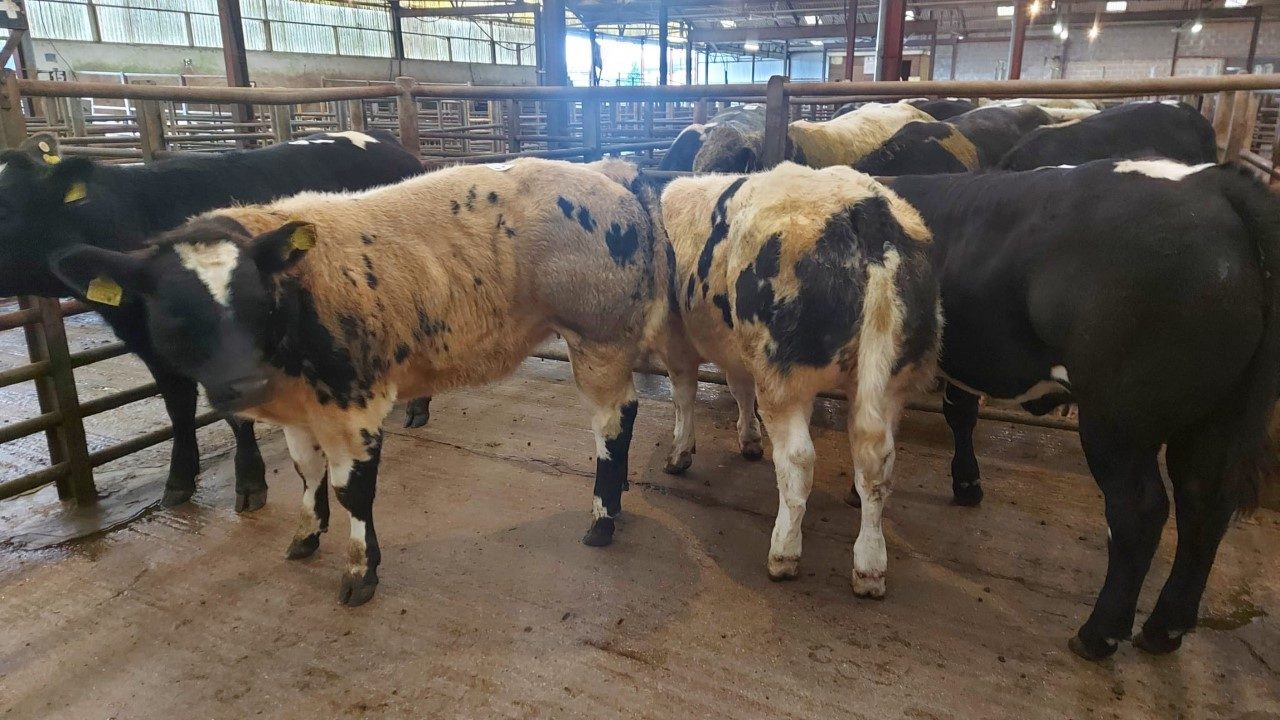Many of last year’s autumn-born suckler-bred weanlings have started appearing at marts countrywide and in the coming weeks, the spring 2022 suckler-bred weanlings will be coming out for sale too.
If your farm system involves selling weanlings, a sale date should be identified a few weeks in advance.
Many marts host special weanling sales and these can be a good opportunity to bring out weanlings as they attract specialist weanling buyers.
Calves should be weaned off cows a few weeks ahead of sale and be confident on their own – without the presence of the cow.
Attention should be given to ensuring the weanlings are kept clean and are not put under any stress in the weeks coming up to sale.
Here are a few suggestions of management practices that can be implemented in the run-up to the sale of your weanlings.
Creep grazing
Early spring-born calves are now confidently eating grass and their dependence on milk from the cow for nutrition is greatly reduced.
While many herds may not be weaning calves until later in the autumn, creep grazing of the calves ahead of cows from now until weaning should be considered.
Some of the benefits of creep grazing include:
- Calves get priority access to the best-quality grass which helps maintain thrive;
- With good quality grass, less meal is required which saves costs;
- Calves get used to grazing away from their dams, thus reducing the cow/calf bond leading to reduced stress for both at weaning.
Creep grazing can be carried out by installing a creep gate or by raising an electric fence.
Meal feeding
Weanlings should be confidently eating meal for at least four weeks pre-weaning in troughs located in an easily accessible area in the corner of the creep grazing field/paddock.
When feeding calves from a trough, meal intake can be regulated and all calves can be viewed at the same time. The weanling ration being fed should be palatable, 15-16% crude protein content, fresh smelling and free of dust.
Introduce ration slowly until all calves are consuming at least 1kg of ration daily. Animal weight is a key factor in selling price.
It is advised not to overfeed the calves. Nobody wants to buy fat weanlings. Feed consistency should be maintained and calves should be fed meal at the same time every day.
Suckler weaning
In advance of weaning, ensure all calves are dosed and free of parasites, especially Hoose (lung worms).
This is because calves with damaged lungs are more susceptible to viral pneumonia at weaning time.
Best practice is not to wean all calves together. Calves should be weaned on a gradual basis, weaning the strongest, heaviest calves first.
To minimise stress, the cows should be moved away from the weanlings and not vice versa.
Once weaned, continue to feed weanlings at a consistent time and rate in a well-fenced field with easy water access for at least two weeks post-weaning.
Weaned bull calves and heifer calves should be then separated.
The most important rule when weaning is to keep stress levels to a minimum and any dosing, tuberculosis (TB) testing or vaccinating should be done well in advance of weaning.
Sale day
Farmers should checkout suckler weanling sales and prices prior to selling day; farmers should know roughly what the market value of their weanlings is.
On sale day – if going to the mart – it is best to arrive early. Weanlings should be transported to the sale in a clean, dry, spacious, well-bedded and well-ventilated trailer or truck.
Farmers should avoid selling stock that are too light or have any sort of a cough or illness.
Most farmers will agree that weanlings are best sold individually. However, if selling in pairs, then they should be closely matched by sex, breed, weight, age and colour.
When cattle are going through the ring, farmers should stay calm and avoid panic selling. If a farmer is not happy with the sale price, they can always take their stock home.
